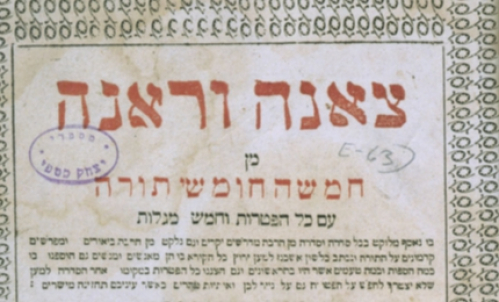The International Ladies' Garment Workers' Union (IGLWU) Collection
The Jewish Labor and Political Archive
Many collections in YIVO’s Jewish Labor and Political Archive help illuminate the role of the immigrant Jewish community in American trade unions, labor organizations, and political groups. One such collection is that of the International Ladies’ Garment Workers’ Union (ILGWU).
Founded in 1900 by members of seven local unions in New York City representing mainly newly arrived Jewish and Italian immigrants, the ILGWU grew to become one of the largest labor unions in the United States. During the union’s early years, the ILGWU became an important force in establishing the rights to unionize, bargain collectively, and work under safe conditions.
The union staged several successful strikes including the “Uprising of 20,000” of 1909, at that time the largest strike by women in US history, and the “Great Revolt” of 1910 in which 60,000 cloak makers staged a walkout. In 1910, in the wake of these contentious battles, the ILGWU negotiated and successfully adopted the “Protocol of Peace,” a system of regulations between the union and the garment industry that attempted to ensure stability, limit strikes, and maintain production continuity by creating an arbitration system for settling disputes between union members and factory bosses.
The union also took an active role in improving the lives of its workers beyond the factory walls. The ILGWU organized educational opportunities to train workers in subjects such as history and economics and even provided English language and citizenship classes; became the first American union to negotiate an unemployment compensation fund; and established a health care program for its members.
Between the 1930s and 1960s, the ILGWU more than doubled its membership, organizing Black, Latino, and Asian garment workers across the United States, often in areas where union representation was weak or non-existent.





